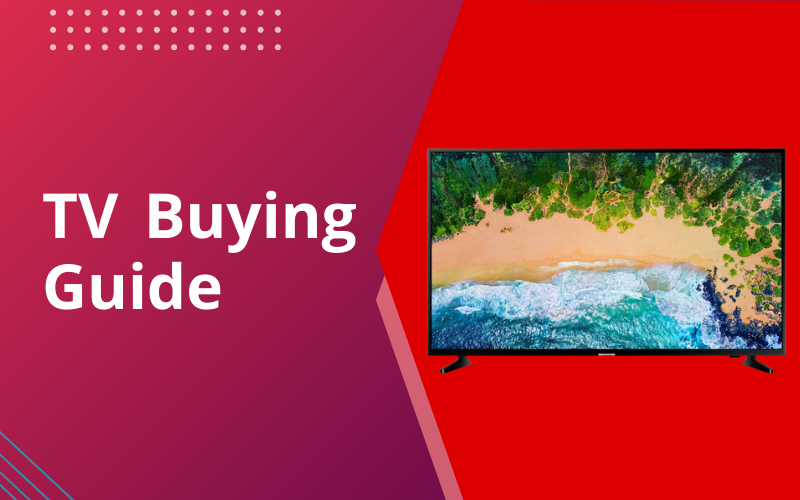Buying a TV is still considered as a big investment even after the price has came down. That’s why you should look for the perfect TV that fulfill your needs in your budget. From the basics of smart TV or differences between 8K and 4K resolution, why you want a HDR support, we’ve got covered all the common queries about the TVs. Whether you’re looking for buying advice or need to know which features you need to look first, this guide gives you overview of everything you need to know when shopping for a new TV.
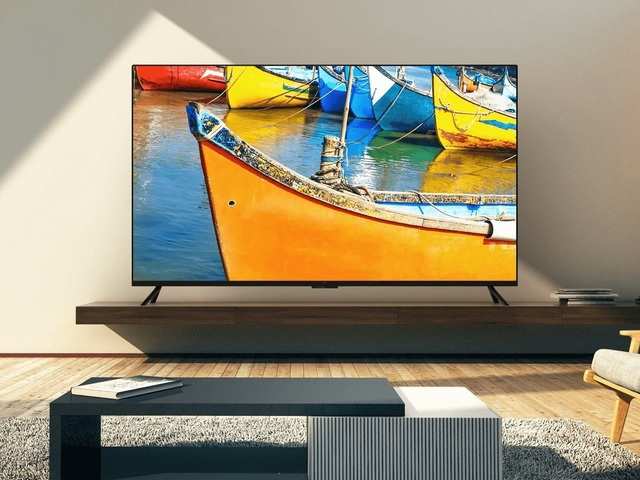
1. Screen Size
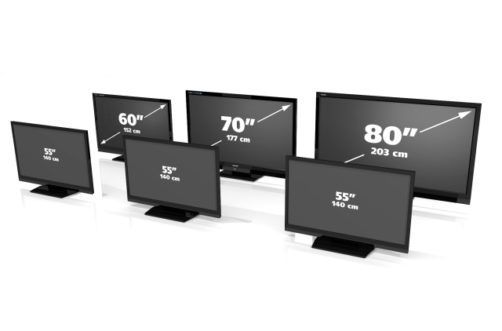
Screen size is one the biggest factor in your decision while buying a TV, you’ve to consider how many people in your family watch TV at the same time or you’ll be watching alone. How much close you can sit around TV? so that it can’t affect your eyes while you’re watching TV for the long time, also depends on the screen size. Then, you’ve to pick the best size that’ll perfectly fit in the space and budget. Typically, 55 and 65 inches TVs will perfectly fit in your living room space. You’ll also have to look for higher screen resolution like 4K for better picture quality.
2. Screen Resolution
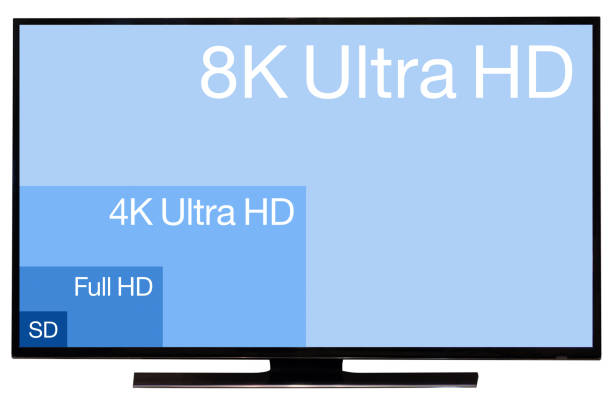
Screen resolution defines the number of pixels on a display that make up a picture. If there is more pixels that means screen will provide more sharper and finer details in the picture. It takes up to the previous point that higher resolution is always better. For a long time, 1080p (Full HD) resolution has been standard and common in TVs. However, we are seeing a lot of TV manufacturers are now rapidly shifting to 4K screen (Ultra HD) or 8K.
a) 8K TV
Well, it’s finally available in the market and many more going to launch in 2021. These displays has double the resolution seen on 4K TVs that is a giant leap forward in the picture quality, but there is limited number of contents available in 8K yet.
b) 4K TV
In 4K TV, you can see the details of the smallest object on the screen and more sharper text. Overall, picture quality changes drastically, appears richer and looks more real than on an HDTV. You can also enjoy watching movies from a shorter distance because of the sharpness in the picture. Most of the streaming services like Netflix and Prime Video have started offering 4K content, while Live TV hasn’t fully embraced yet.
c) HDR
HDR is a new feature that comes in the 4K TV sets and it stands for high dynamic range. It has ability to produce more contrast levels, more colors and increased brightness in 4K TVs. The basic standard for HDR content is HDR10, as set by the UHD Alliance. This feature is not available for 1080p TVs as its need up-gradation to 4K. You’re going to see more HDR compatible TVs by the end of this year. There are different versions of HDR, developed by different companies.
Dolby Vision’s HDR is in more demand that is developed by Dolby. It has a set of criteria that a TV must have, to display HDR content. So far, Dolby Vision has been leading the industry in terms of HDR formats.
Samsung has also introduced it’s own HDR format called HDR10+, but only for its smart TVs. HDR10+ offers a great viewing experience but less common than Dolby Vision. It’s available on very few online services like prime video.
IMAX and Technicolor have also their own HDR format to the market called IMAX Enhanced Technicolor Advanced HDR respectively. Finally, satellite and cable have their own form of HDR format called Hybrid-Log Gamma (HLG).
d) Full HD TV (1080p)
It’s a common resolution and provides excellent details, color and contrast. It’s a high definition video modes that is characterized by 1920 pixels horizontally and 1080 pixels down the screen vertically and the ‘p’ stands for progressive scan.
3. Refresh Rate
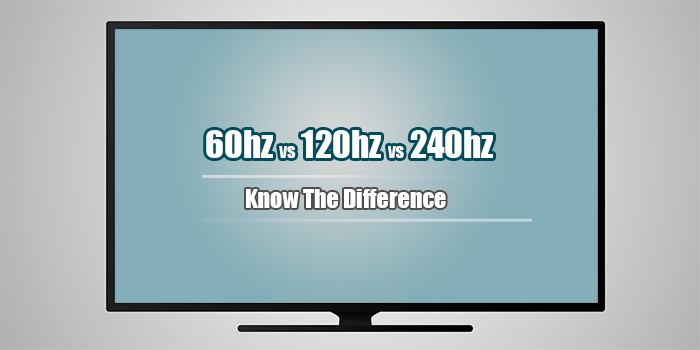
The refresh rate is expressed in Hertz (Hz) that describes how many times a picture is refreshed per second on the screen. The standard refresh rate is 60 Hz, but with fast moving objects it gets looking blurry. To fix this manufacturers has now doubled the refresh rate to 120 Hz (and in some cases up to 240 Hz). TVs handle the refresh rates in different ways, one common method is to simply insert black images between the original pictures and tricks the viewer’s eyes into seeing a less blurry or you can say more solid picture. Some of the new models have High-Frame Rate (HFR) support, that means they can support both the standard refresh rate and also content with the higher frame rates than 60 Hz. If you’re a gamer then you should always look for models with the higher refresh rates.
4. Contrast Ratio
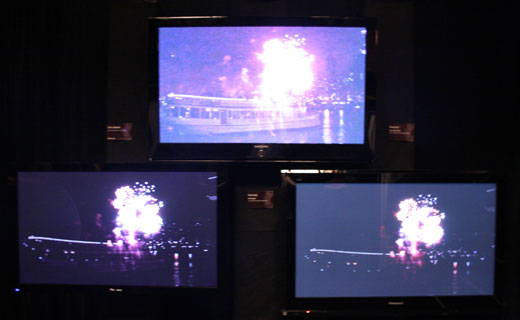
The contrast ratio of TV describes the range of brightness levels it can display. It means if a TV has better contrast ratios, then it can display great shadows/hues and thus produce better picture in term of details. However, manufactures may measure these differently. It’ll be best option, if you see yourself shadow details of a TV by watching a movie with the dark scene. You should also do experiment with the brightness or sharpness before making a final decision.
The TVs with deep/dark black levels with less expensive displays glow are the best and even displays the grays area into black that is common problem you’ll find on the less premium LCD TVs.
5. Types of TV
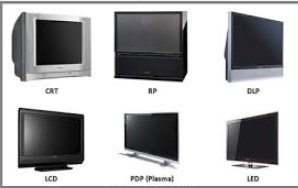
We can say that there are basically two types of TVs that are ruling the market: LCD and OLED. You can easily afford an LCD TV in a good budget.
a) LED and LCD TVs
Most of the TVs available in the market are LED-LCD based. These Ultra HD and HD TVs uses LED to illuminate the LCD screen and are extremely thin. These models supports active dimming that means it takes some digital thing to do this by just manipulating the lights along the edge. There are also full-array LED TVs that has LEDs directly behind the screen in a grid that can be light up or darkened individually. Since Ultra HD TVs are coming at lower prices, this feature is becoming more common on the lower priced sets.
Quantum dots, an LCD technology is also becoming more common that produce a wider array of colors and more brightness to meet the standard of HDR. Be aware that some brands uses confusing labels like QLED, that are quantum dot LCD TVs. If you’re looking for an affordable alternative to LCD, quantum dot enhancement is a smarter way to go.
b) OLED TVs
OLED TVs is better than full-array LED-LCD TVs with extra lighting zones. OLEDs use a layer of LEDs in place of a back light that are controlled at the pixel level to achieve absolute stunning levels of contrast. There are many manufactures that are pursuing OLED technology in large screen sizes like Sony has been offering OLED models for several years but we are expecting to see many more OLED TVs by this year.
6. HDMI and Connections

It may seem like an unnecessary point to give attention, but always look for the number of HDMI inputs a TV set has. Manufacturers these days are looking to save cost by offering fewer HDMI inputs on the back. These ports used for adding a speaker, a Chromecast, gaming consoles, etc. If you have decided to buy a 4K TV, then make sure that TV’s port supports HDMI 2.0 or higher to accommodate future 8K or 4K sources.
As of now, we’ve seen that HDMI 2.1 compatible models are popping in the market and lot more to come by the end of this year.
7. Smart TVs
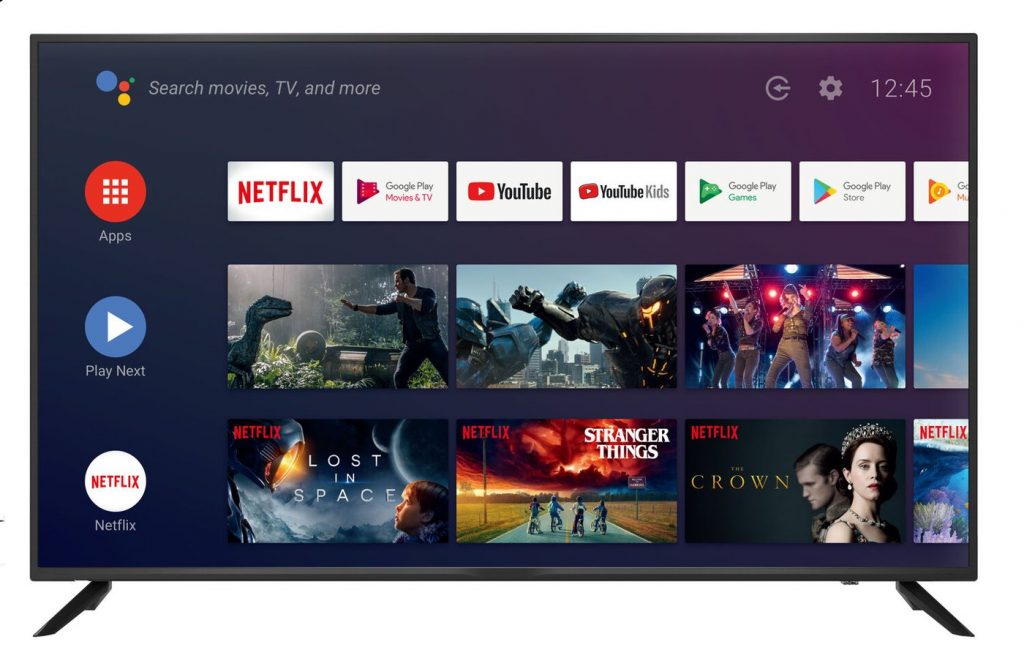
A Smart TV comes with an operating system/platform that allows you to access files online and network-based content or online streaming services like Netflix with an Wi-Fi. We saw a rapidly increase in number of Smart TVs last year, even from the smartphone manufactures like One plus, Nokia, etc. The interfaces are getting really better and easy to use. We can say that Smart TVs are sooner going to rule the market because of its features.
Most of the streaming apps are now available on the smart TVs and even different games. You can enjoy 4K, HDR contents easily because of the availability on the streaming services. The only concern for you is faster bandwidth so that you can enjoy hassle-free.
8. Don't forget Gaming
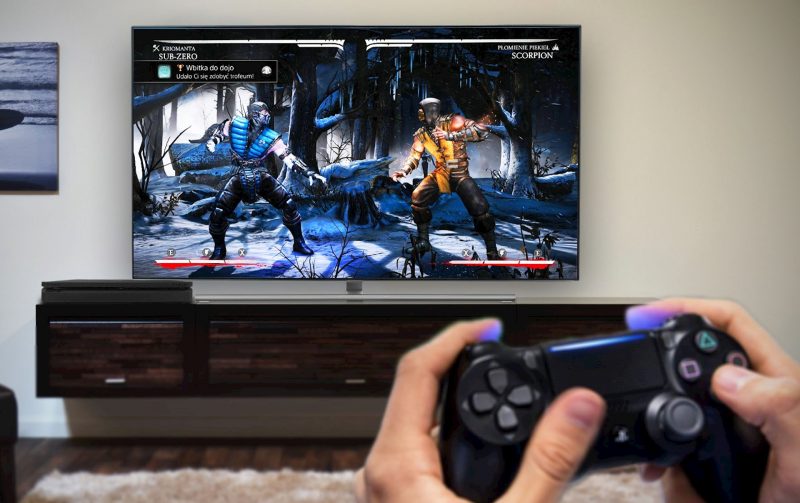
While watching movies and shows still the top choice of TV shoppers but in recent years, gaming has also become a bigger focus for manufacturers. A gaming TV not only have a great picture but also impressive sound. You still need to consider the connectivity options like gaming features or overall responsiveness of the TV.
While HDMI 2.1 is still new, but it’s a must have for the next-gen gaming consoles. Auto-Low Latency Mode which switches the TV to game mode as soon as the gaming console is turned on and Variable Refresh Rate which helps in matching the screen to frame-by-frame output coming from the TV is also a common feature of HDMI 2.1.
9. Extended Warranty

It is one of the biggest ways to generate revenues for an electronics store. Why? Because you’ll not going to use that especially for a flat-panel LCD TVs. A time period usually covered by a store return policy is 30 days, beyond that most of the manufactures offers 1 year warranty.
Conclusion:
Now you’ve read and understood all the technical terms related to a TV, it will be easy for you to choose any model without hesitation.
